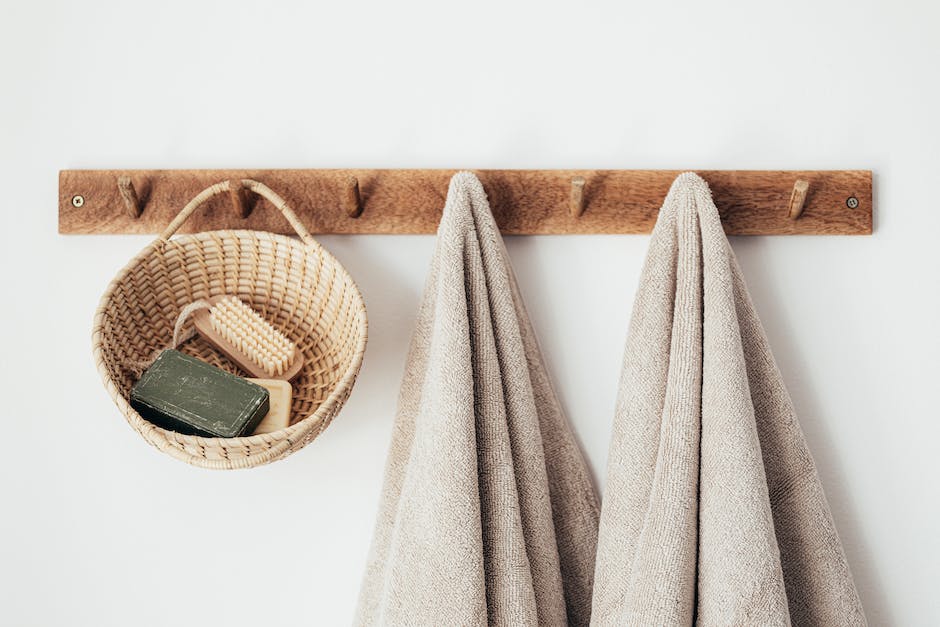
Sustainable Practices: How To Enjoy Crab Fishing Without Harming The Ecosystem
Crab fishing is a popular recreational activity enjoyed by many people around the world. It's a great way to spend time outdoors, connect with nature, and even bring home a delicious meal. However, it's important to be mindful of the impact our actions can have on the delicate ecosystem that crabs and other marine life depend on. By practicing sustainable fishing techniques, we can continue to enjoy crab fishing while minimizing harm to the environment.
One of the first steps towards sustainable crab fishing is using the right equipment. Traditional crab traps, also known as crab pots, can be harmful to the ecosystem if not used properly. These traps are designed to catch crabs by luring them in with bait, but they can also unintentionally trap other marine animals, such as fish, turtles, or even dolphins. To prevent this, it's important to use escape rings or grids on your crab traps. These allow smaller animals to exit the trap while still keeping the crabs inside. Additionally, using biodegradable bait, such as fish heads or chicken necks, instead of plastic bait bags can further reduce the environmental impact of your fishing.
Another important aspect of sustainable crab fishing is knowing the rules and regulations in your area. Many regions have specific seasons and size limits for crab fishing to ensure the sustainability of crab populations. It's crucial to familiarize yourself with these regulations and adhere to them. By following these guidelines, you can help protect the crab population and ensure their continued existence for future generations to enjoy.
When it comes to handling and releasing crabs, it's important to do so with care. Avoid handling crabs by their legs or pincers, as this can cause them harm. Instead, gently hold them by their carapace, the hard shell covering their body. If you catch a crab that is too small or doesn't meet the size limit, it's important to release it back into the water immediately. This allows the crab to continue growing and reproducing, contributing to the overall health of the crab population.
Additionally, it's important to be mindful of the habitats where crabs live. Avoid disturbing or damaging seagrass beds, as these serve as important nurseries for many marine species, including crabs. When setting your crab traps, choose locations away from sensitive habitats and be careful not to damage any coral reefs or other underwater structures. By being aware of the impact your actions can have on the environment, you can minimize harm to the ecosystem while still enjoying the thrill of crab fishing.
Lastly, it's important to practice catch and release whenever possible. While it can be tempting to keep every crab you catch, especially if they're of legal size, it's important to remember that crabs play a vital role in the ecosystem. They help control populations of other marine organisms and contribute to the overall balance of the marine environment. By releasing some of the crabs you catch, you're helping to maintain a healthy crab population and ensuring the long-term sustainability of the ecosystem.
In conclusion, sustainable crab fishing is possible with the right practices and mindset. By using the appropriate equipment, following regulations, handling crabs with care, being mindful of their habitats, and practicing catch and release, we can enjoy the thrill of crab fishing without harming the delicate ecosystem. Let's do our part to ensure the future of crab fishing for generations to come.